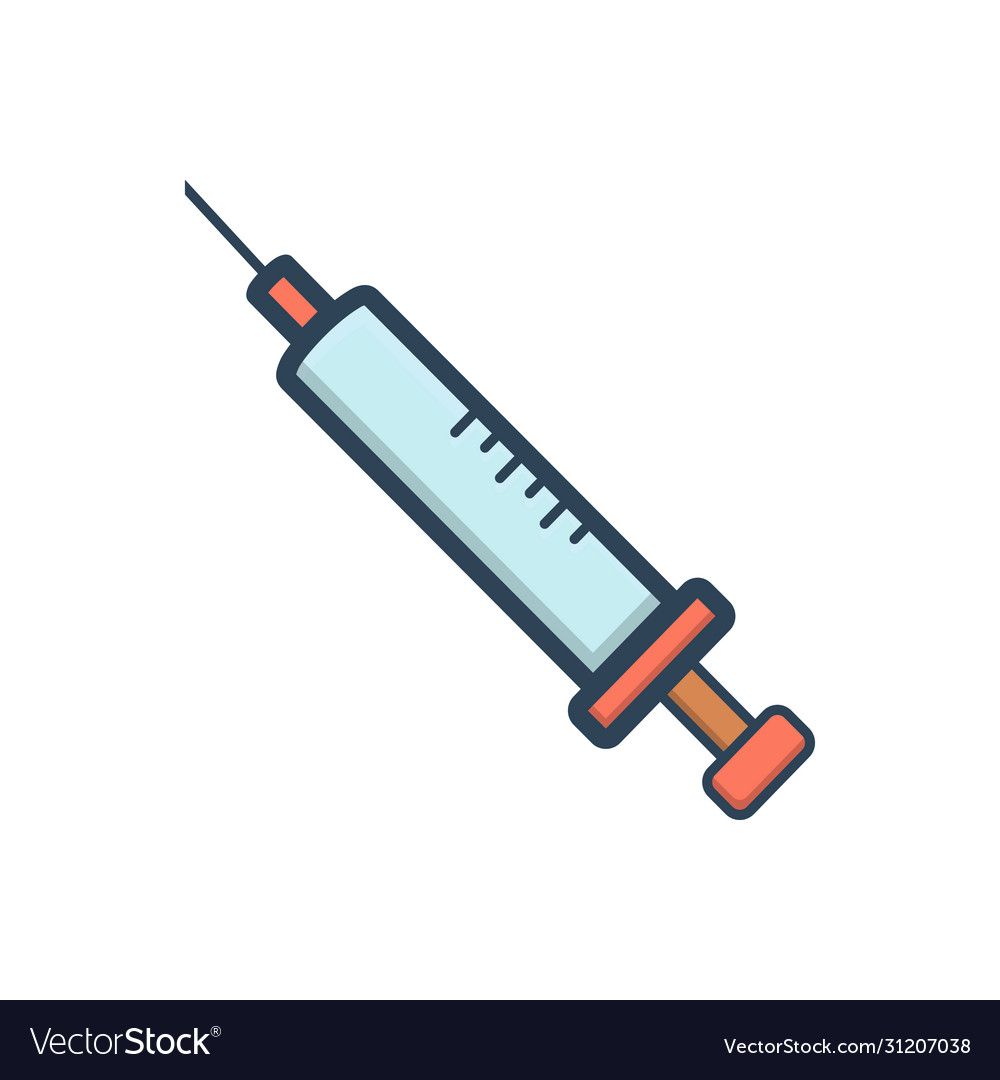Indications
Ketamine is recommended for:
- As the sole anesthetic agent for diagnostic and surgical procedures that do not require skeletal muscle relaxation. Ketamine is best suited for short procedures and it can be used with additional doses, for longer procedures.
- For the induction of anesthesia prior to the administration of other general anesthetic agents.
- To supplement low-potency agents, such as nitrous oxide.
Pharmacology
Ketamine is a noncompetitive N-methyl-D-aspartate receptor antagonist that blocks glutamate. It has a direct action on the cortex and limbic system. It produces a cataleptic-like state wherein the patient is withdrawn from the surrounding environment.
Dosage And Administration
Adult:
General Anesthesia-
- IV Induction: 1-4.5 mg/kg single dose
- IM Induction: 6.5-13mg
- IV Infusion: 1-2mg/kg at 0.5mg/kg/min
Maintenance: The maintenance dose should be adjusted according to the patient's anesthetic needs and whether an additional anesthetic is employed. Increments of one-half to the full induction dose may be repeated as needed for maintenance of anesthesia.
Rapid sequence Intubation, Induction - 2mg/kg IV
Pediatric:
General Anesthesia:
- IV Induction: 1-2 mg/kg IV; range: 4-13 mg/kg
- IM Induction: 5-10 mg/kg; range: 0.5-4.5 mg/kg
- Maintenance: 0.01-0.03 mg/kg/min continuous IV infusion
Maintenance: The maintenance dose should be adjusted according to the patient's anesthetic needs and whether an additional anesthetic is employed. Increments of one-half to the full induction dose may be repeated as needed for maintenance of anesthesia.
Administration
Rate of Administration: It is recommended that ketamine should be administered slowly (over a period of 60 seconds). More rapid administration may result in respiratory depression and enhanced pressor response.
The 100 mg/ml concentration of ketamine should not be injected intravenously without proper dilution. It is recommended the drug be diluted with an equal volume of either Sterile Water for Injection, USP, Normal Saline, or 5% Dextrose in Water.
Interaction
Prolonged recovery time with barbiturates or narcotics. May potentiate neuromuscular blocking effects of atracurium and tubocurarine including resp depression with apnoea. May increase risk of bradycardia, hypotension or decreased cardiac output with halogenated anaesthetics. May potentiate CNS depression and risk of resp depression with CNS depressants (e.g. phenothiazines, sedating H1-blockers, skeletal muscle relaxants). May antagonise hypnotic effect of thiopental. May increase risk of HTN with thyroid hormones. May increase risk of hypotension with antihypertensive agents. Reduction in seizure threshold resulting in unpredictable extensor-type seizures when given concurrently with theophylline.
Contraindications
CV disease including severe HTN; patients with increased intraocular or CSF pressure.
Side Effects
Emergence reactions (e.g. vivid dreams, hallucinations, confusion, irrational behaviour); increased muscle tone sometimes resembling seizures; temporary HTN and tachycardia, hypotension, bradycardia, arrhythmias, apnoea, laryngospasm, resp depression, diplopia, nystagmus, nausea, vomiting, lacrimation, hypersalivation, raised intraocular and CSF pressure, transient rash and pain at inj site, cystitis.
Pregnancy And Lactation
Pregnancy: The safe use of ketamine in pregnancy has not been established, and such use is not recommended.
Lactation: Ketamine is likely to be excreted in breast milk and therefore breastfeeding should be discontinued when ketamine is in use.
Precautions And Warnings
Patient with cardiac decompensation, chronic alcoholic or acutely alcohol-intoxicated patients, pre-anaesth elevated CSF pressure, globe injuries, increased intraocular pressure (e.g. glaucoma), neurotic traits or psychiatric illness (e.g. schizophrenia, acute psychosis), acute intermittent porphyria, seizures, hyperthyroidism, pulmonary or upper resp infection, intracranial mass lesions, head injury, or hydrocephalus, hypovolaemia, dehydration, cardiac disease esp coronary artery disease (e.g. CHF, myocardial ischaemia, MI). Pregnancy and lactation.
Overdose Effects
Symptoms: Resp depression.
Management: Employ supportive ventilation. Mechanical support of respiration is preferred to admin of analeptics.
Therapeutic Class
General (Intravenous) anesthetics.
Storage Conditions
Store between 20-25° C.
